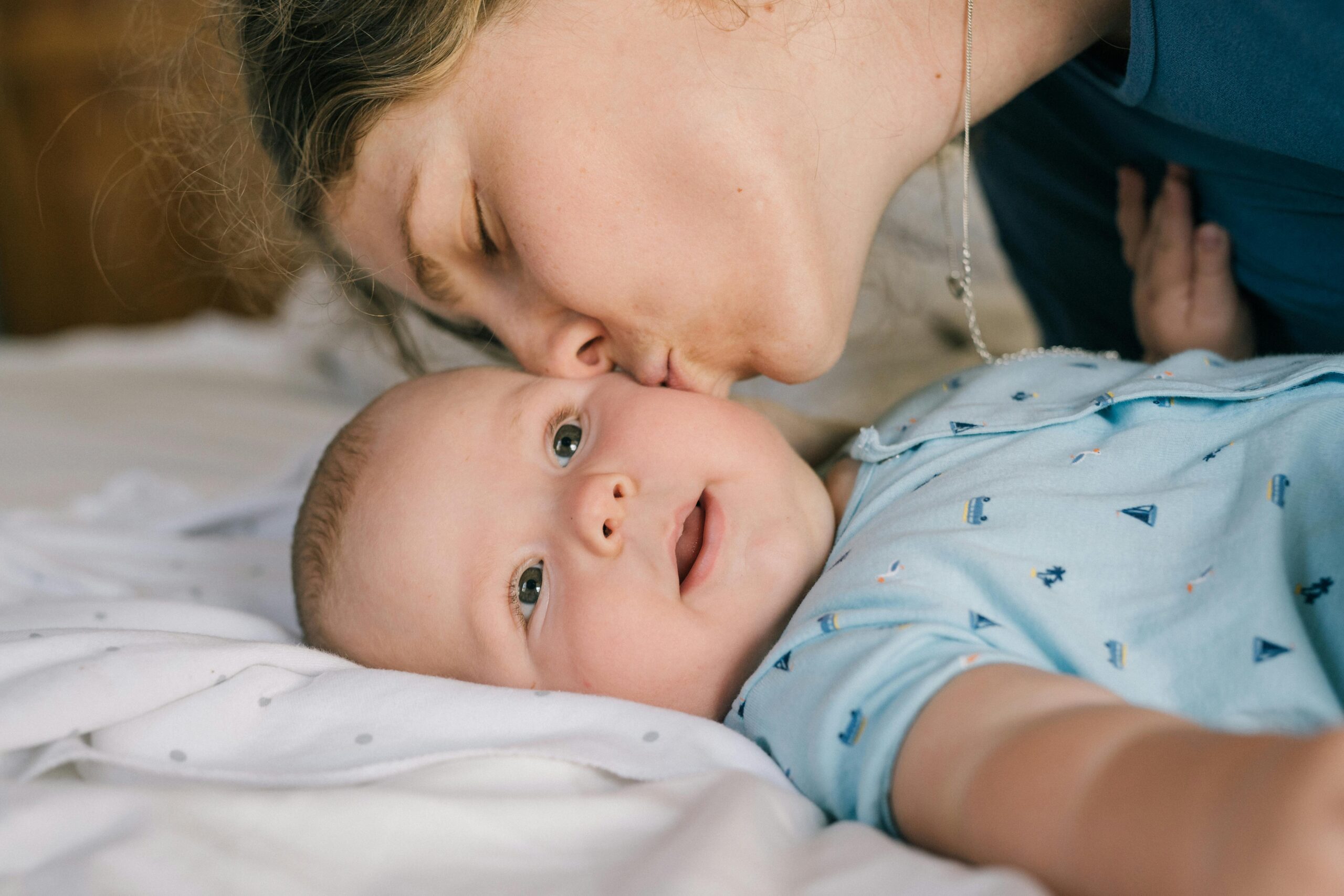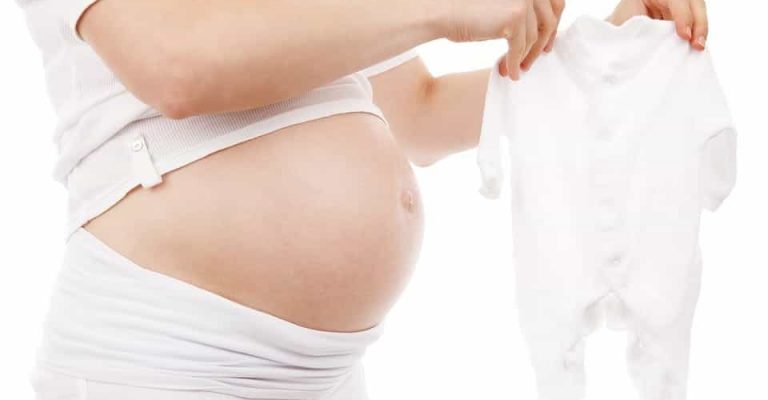It is one of the natural things for a person living with cerebral palsy to think about whether they will ever become parents. The good news is, yes, they absolutely can! Although there are several risks related to cerebral palsy when an individual expects. An unquantifiable number of people have indeed passed with this condition and have successfully introduced children or have offered excellent parenting.
Cerebral Palsy and Parenthood
Although the journey to parenthood can be a bit more challenging for a person with cerebral palsy, it is definitely possible. There are unique risks involved during pregnancy for women with this condition. However, it is very important to remember that many women have been through it before and come out as great moms.
Indeed, many people with cerebral palsy are outstanding parents. They have lived lives filled with overcoming, building strength, and compassion—everything that would make up a good parent. The presence of cerebral palsy brings an additional layer to the already very undefined process of becoming parents but doesn’t negate it entirely.

Key Points for Safe Pregnancy for Mothers with Cerebral Palsy
Cardiovascular health may be affected by cerebral palsy due to the restrictive limitation on mobility that can often lead to limited physical activity. However, special aerobic exercises for cerebral palsy are now available to help improve cardiovascular health. Some of the best include:
Wheelchair Aerobics
This exercise method might suit those who are significantly affected in the lower extremities or have hemiparesis. These exercises involve moving the upper body while sitting in a chair. Ensure to engage in them 2–3 times a week, start slowly, and steer clear of overexertion. Consult with your physician before initiating any exercise program.
Dancing
In its simplicity, dancing is an excellent aerobic exercise that improves balance, coordination, and flexibility. Play some of your favorite, faster music and dance to the rhythm. Even periodic small movements can be therapeutically beneficial.
Physical Therapy Lower Limb Exercises for Cerebral Palsy

Cerebral palsy is a physical disability that comes from an injury to the brain as it is developing, which can occur either before, during, or shortly after birth. As no medical “cure” exists for the condition, the majority of people with cerebral palsy can control their symptoms well and can lead rich, fulfilling lives and have their own families.
The question of having children can arise for both men and women who have cerebral palsy. It often comes, for them, as great news that regardless of the condition being reviewed of the aspiring mother, the aspiring father, or both, conceiving can go ahead.
On the same note, for illustration, only 30% of these persons with cerebral palsy cohabit with a partner. However, one in three of this percentage will be mentioned to have the presence of having at least one child biologically belonged to them.
Both cerebral palsy and pregnancy may have a significant impact on a person’s life; however, their intensities are often different for each case.
Does Cerebral Palsy Prevent Men from Having Children?
These men with cerebral palsy, therefore, may have concerns over the possibility of being fathers. These fears are by far a result of misinformation on the general effects of cerebral palsy on fertility. It is, however, essential to note that cerebral palsy does not affect fertility at all. Therefore, the individuals under this condition become as fertile as any other person not having the condition.
There is no way the fact that a man has cerebral palsy cements the fact that he will not become a father or necessarily limits his possibility of getting one. Thus, if a man is a patient with cerebral palsy and would like to become a father, he may look forward to the prospect with pure certainty, just like any other average person living without it. It means that the fact that there is a condition of cerebral palsy does not limit a man from wholly being a father.
Pregnancy and Cerebral Palsy
For women expecting and diagnosed with cerebral palsy, the significant issues have to be assessed since motherhood might interfere with other daily usual activities. There are certain aspects and details to consider before you begin this journey.
First, consider whether you will require the assistance of a carer to help with the day’s necessities. Second, consider your capability to tweak and transfer yourself with added weight during pregnancy. Lastly, assess whether the bathrooms are convenient to the locations you spend most of your time at. Although these details may seem petty, they will be vital to how comfortable and easy you can be throughout your pregnancy.
Explaining everything to your doctor before you conceive or in the early stages of your pregnancy can be very beneficial. He or she can advise you on how to go about a healthy pregnancy.
Safe Pregnancy for Mothers with Cerebral Palsy: What to Expect
One of the various symptoms detected by an individual suffering from cerebral palsy is spasticity, gaining internal contractions in terms of muscle conditions. Such contractions put extra strain on the joints, limiting their mobility.
To add to this is the fact that women, during the course of pregnancy, continuously gain weight, which puts more pressure on their joints. Consequently, the tendency to get injured even in everyday activities increases.
When you add cerebral palsy symptoms to pregnancy, life is pretty challenging for women. Changes in their center of gravity and the burden of bearing the extra weight leave them at higher degrees of risk of accidents, such as falling. If a fall does happen, it is not only the mother who could get hurt, but potential harm could come to the yet-to-be-born child.
Above all, in such cases, females with cerebral palsy should exercise their pregnancy with great caution. By the established safety precautions, women have minimal risk, guaranteeing them complete health and safety assurance for themselves and the unborn one during the pregnancy.
What to Do?
In this regard, it may be a matter of central importance for expectant women accustomed to walking with different means of support to resort to the temporary use of wheelchairs. This may not only increase their safety but also safeguard the well-being of the baby they carry.
Of course, this shift should be openly discussed with a health provider by using proper leg exercises. This is to keep the legs active even if a wheelchair becomes the main transport for much of the day.
Additional regular check-ups are important. Such visits help monitor the health of both the mother and the baby. Check-ins become more critical as the due date approaches.
This is because a woman with cerebral palsy is slightly more likely than average to have a preterm birth of her baby, generally. However, I must state here that the risk associated with totally preterm delivery is yet quite far from negligible.
After all, a good plan for prenatal care and care during childbearing makes many women with cerebral palsy feel that they can handle pregnancy confidently and give birth to a healthy baby.
Likelihood of Developing Cerebral Palsy
A significant proportion, an estimated 80%, of the cases of cerebral palsy develop before the birth of a child during the mother’s period of pregnancy. However, it’s of paramount importance to remember that the presence of a suffering parent means that the offspring will automatically carry the condition. A child whose parent has the condition is not at an increased risk for developing cerebral palsy compared to a child whose parent does not have the condition.
Several are the factors that may potentially cause a baby to develop cerebral palsy during the prenatal period. They are:
- Birth before the due time
- Bleeding incidents within the brain
- Infections in the brain
- Some genetic influences
- Low oxygen levels in the brain
- Inappropriate development of the brain
Despite these elements, it is significant to note that no specific genetic cause fully determines cerebral palsy. Instead, a combination of genetic mutations probably causes improper brain development.
Bottomline
Having these valuable pieces of information in mind, it is necessary to persuade those men and, more importantly, women with cerebral palsy not to abandon their chances of having children of their own for fear that they might transfer the disorder to their offspring.

